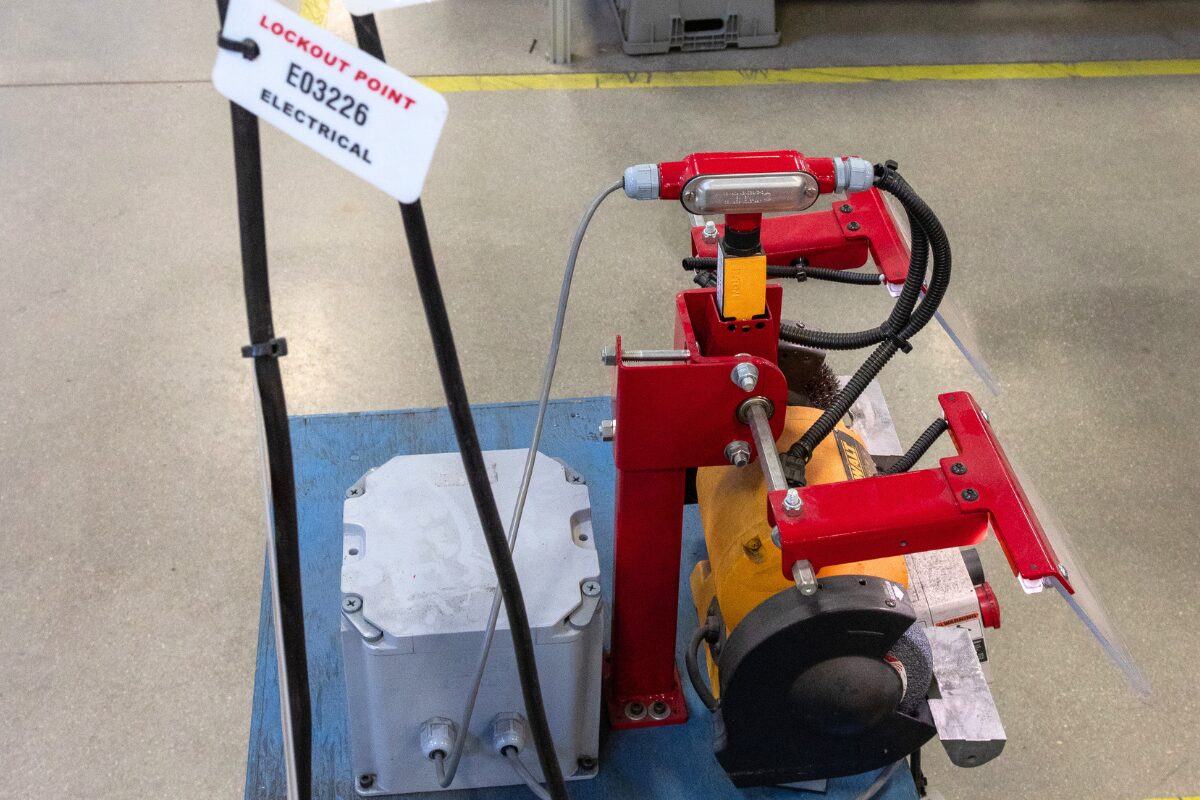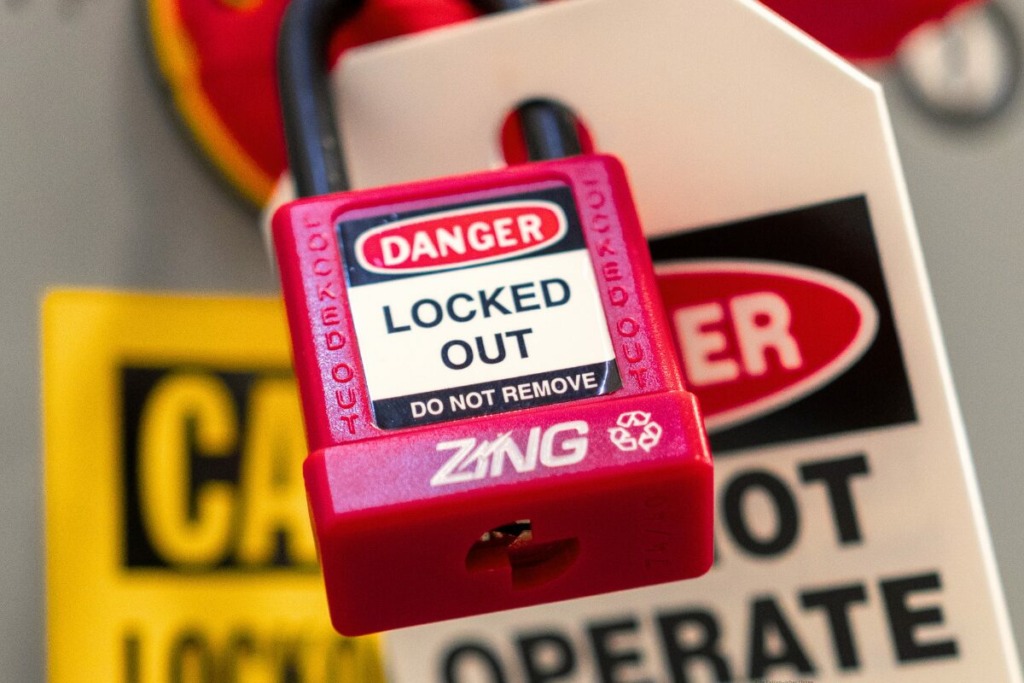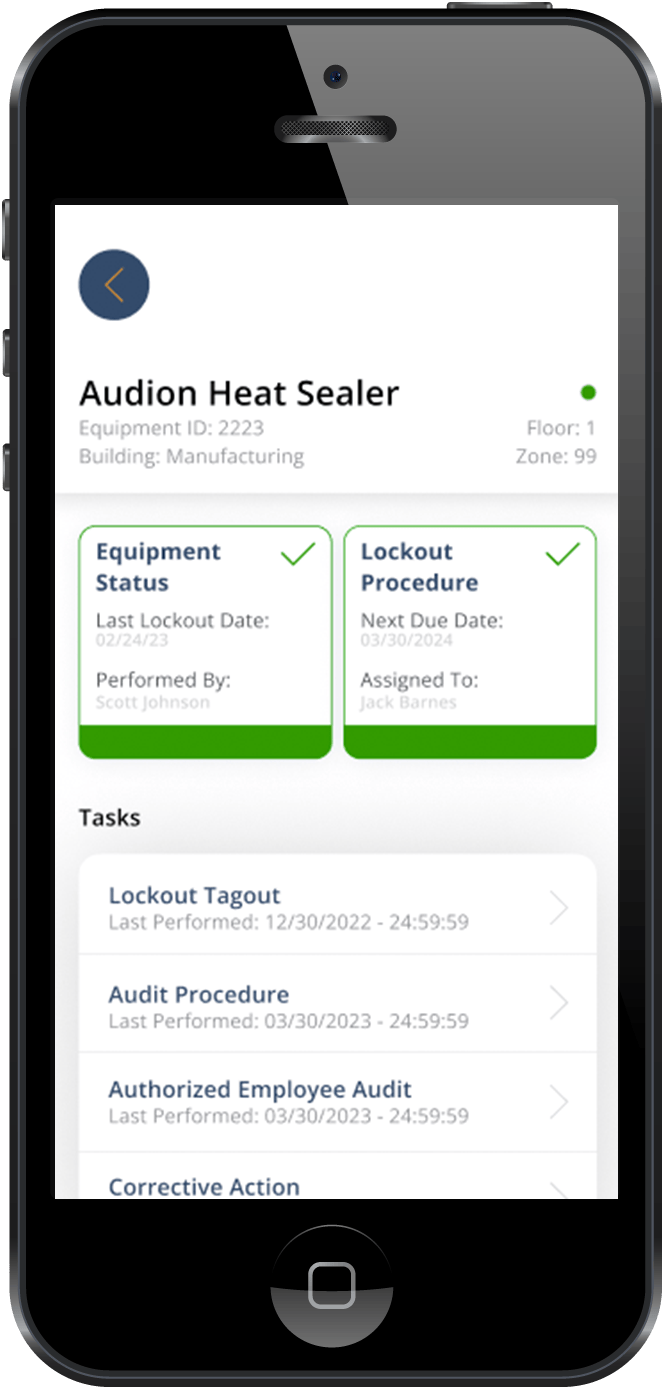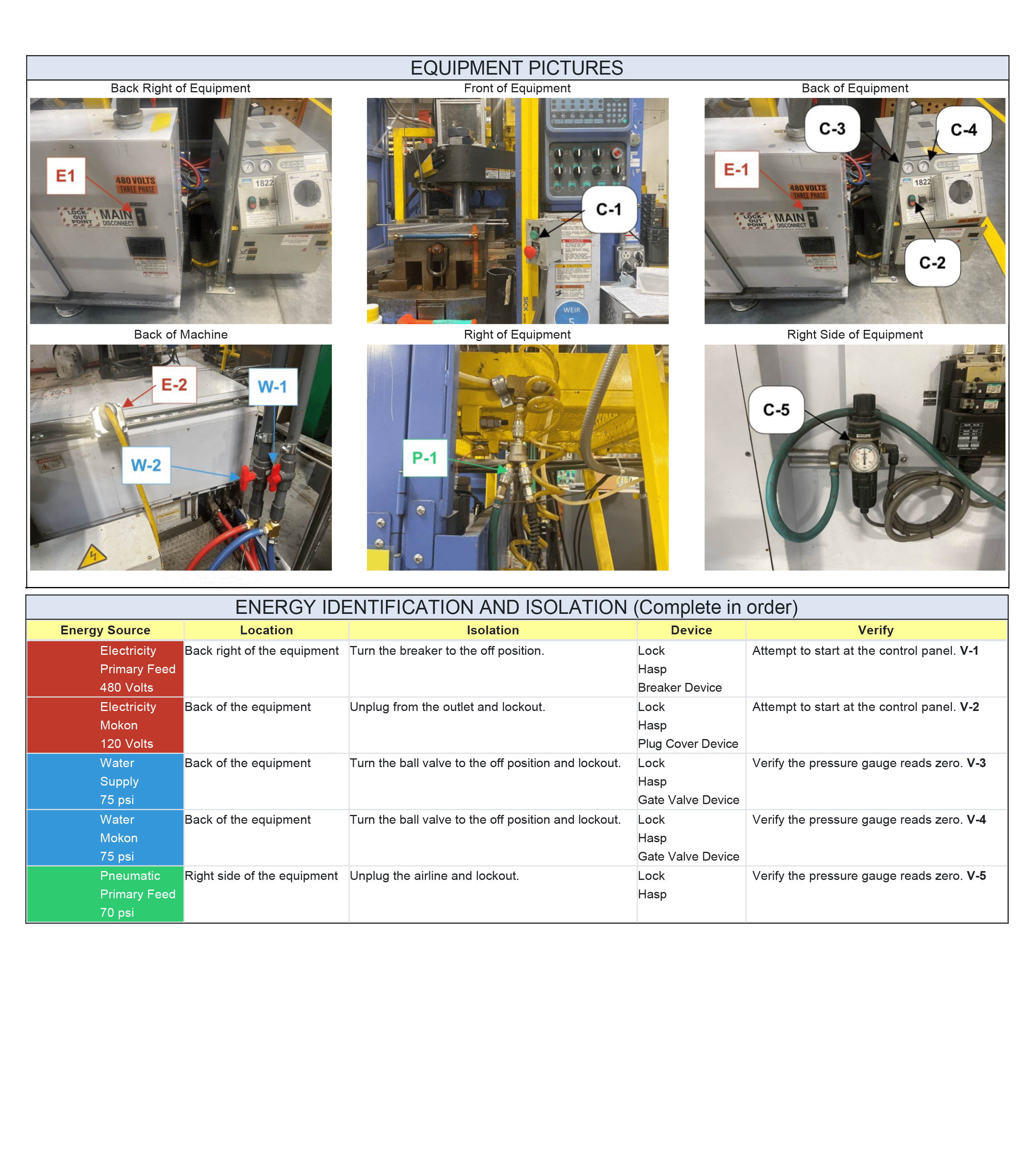Lockout Tagout programs are a cornerstone of workplace safety, especially in manufacturing, warehousing, and industrial settings where machinery poses serious risks. A strong LOTO program protects workers from hazardous machine motion, prevents costly downtime from incidents, and ensures compliance with OSHA regulations.
Yet, even with experienced teams and well-established procedures, audits often reveal gaps. These gaps don’t just risk a failed inspection—they can indicate systemic issues that increase the likelihood of accidents. The reality is that most common Lockout Tagout audit failures are preventable, but they often go unnoticed until an auditor points them out.
This article outlines seven frequent problem areas, why they matter, and practical steps your organization can take to fix them before your next audit.

1. Incomplete or Outdated LOTO Procedures
One of the most common Lockout Tagout audit failures is having written procedures that are incomplete, outdated, or not machine-specific. OSHA requires each piece of equipment to have its own documented procedure detailing shutdown steps, lockout points, and try-out instructions.
How to Avoid It: Review every machine-specific LOTO procedure at least annually, and update them immediately when new machines are added or existing ones are modified.
2. Missing or Damaged Equipment Labels
Auditors often find that machine control points are missing labels or have labels so worn they are unreadable. Over time, labels can fade, peel, or become illegible, creating potential confusion during lockout.
How to Avoid It: Use high-quality, weather-resistant labels, and check them during routine maintenance to replace any that are missing or damaged.
3. Insufficient Employee Training
Even the best documentation will fail an audit if employees are not trained to follow it correctly. Authorized and affected employees need to fully understand their roles and responsibilities.
How to Avoid It: Provide initial training for all employees involved in machine-specific LOTO, refresh training annually, and document attendance. Keep these records in an easily accessible location for auditors.
4. Skipping the “Try-Out” Step Before Maintenance
In machine-specific LOTO, a common audit failure is neglecting to perform a try-out, manually starting or cycling the machine after it’s locked out to confirm it will not operate. This ensures the lockout is effective and the equipment is truly safe to service.
How to Avoid It: Make the try-out step mandatory in every machine-specific LOTO procedure. Train staff to perform and document this step, even on machines they service regularly.
5. Lack of Periodic Inspections
OSHA requires annual inspections of LOTO procedures to confirm they are being followed correctly. Skipping these inspections or failing to document them is a frequent audit failure.
How to Avoid It: Assign a qualified inspector, schedule inspections proactively, and keep written inspection reports organized and accessible.
6. Improper or Inadequate LOTO Devices
Sometimes, the lockout devices in use are the wrong size, type, or are damaged, making them ineffective.
How to Avoid It: Standardize your LOTO device inventory, match each device to its intended machine, and replace any damaged equipment immediately.
7. Poor Recordkeeping
Missing documentation, such as inspection reports, training logs, or updated procedures, can quickly derail an otherwise solid LOTO program.
How to Avoid It: Use a centralized, preferably digital, storage system to keep all records in one place. This ensures quick retrieval during audits and reduces the risk of misplaced files.

Final Thoughts:
Passing a LOTO audit isn’t just about avoiding OSHA fines, it’s about maintaining a safe, efficient work environment. Every failure point on this list represents more than a compliance issue; it’s a sign that a safeguard meant to protect workers could fail in the moment it’s most needed.
By proactively addressing common Lockout Tagout audit failures, safety managers can not only ace their next inspection but also strengthen overall operational safety. This means fewer disruptions, less downtime, and greater employee confidence in your safety program.
A great way to get started is to run your own internal “mock audit” before the official one. Walk through each step with a fresh set of eyes, document every gap, and correct it on the spot. Combining this with strong training programs, routine inspections, and consistent recordkeeping will ensure your LOTO program remains both compliant and effective year-round.
For more information on LOTO procedures check out some our other articles:







